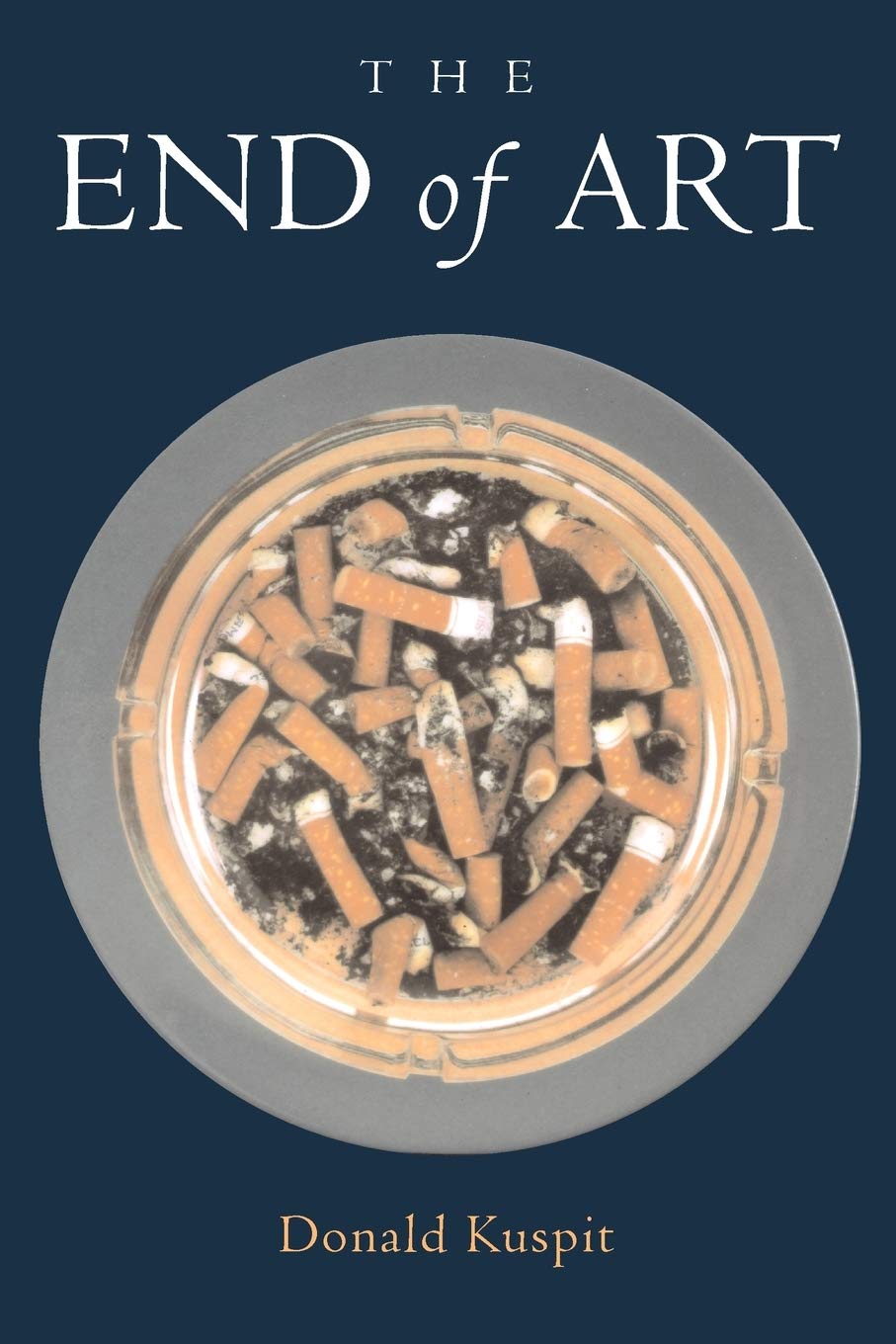
Title

The End of Art,Used
Processing time: 1-3 days
US Orders Ships in: 3-5 days
International Orders Ships in: 8-12 days
Return Policy: 15-days return on defective items
Donald Kuspit argues here that art is over because it has lost its aesthetic import. Art has been replaced by 'postart,' a term invented by Alan Kaprow, as a new visual category that elevates the banal over the enigmatic, the scatological over the sacred, cleverness over creativity. Tracing the demise of aesthetic experience to the works and theory of Marcel Duchamp and Barnett Newman, Kuspit argues that devaluation is inseparable from the entropic character of modern art, and that antiaesthetic postmodern art is in its final state. In contrast to modern art, which expressed the universal human unconscious, postmodern art degenerates into an expression of narrow ideological interests. In reaction to the emptiness and stagnancy of postart, Kuspit signals the aesthetic and human future that lies with the old masters. The End of Art points the way to the future for the visual arts. Donald Kuspit is Professor of Art History at SUNY Stony Brook. A winner of the Frank Jewett Mather Award for Distinction in Art Criticism, Professor Kuspit is a Contributing Editor at Artforum, Sculpture and New Art Examiner. His most recent book is The Cult of the AvantGarde (Cambridge, 1994).
⚠️ WARNING (California Proposition 65):
This product may contain chemicals known to the State of California to cause cancer, birth defects, or other reproductive harm.
For more information, please visit www.P65Warnings.ca.gov.
- Q: What is the main argument presented in 'The End of Art'? A: In 'The End of Art', Donald Kuspit argues that art has lost its aesthetic significance and has been replaced by 'postart', which prioritizes the banal over the profound.
- Q: Who is the author of 'The End of Art'? A: The author of 'The End of Art' is Donald Kuspit, who is a Professor of Art History at SUNY Stony Brook.
- Q: When was 'The End of Art' published? A: 'The End of Art' was published on May 19, 2005.
- Q: What is the condition of the book being offered? A: The book is listed as 'New', indicating it is in pristine condition and has not been previously used.
- Q: What is the page count for 'The End of Art'? A: 'The End of Art' has a total of 224 pages.
- Q: What type of binding does 'The End of Art' have? A: 'The End of Art' is available in a paperback binding.
- Q: Is 'The End of Art' a first edition? A: Yes, this listing is for the first edition of 'The End of Art'.
- Q: What category does 'The End of Art' fall under? A: 'The End of Art' is categorized under 'Criticism', focusing on art and aesthetics.
- Q: What are the main features of 'The End of Art'? A: The main feature of 'The End of Art' is that it is a used book in good condition, emphasizing its quality for readers.
- Q: What insights can be gained from 'The End of Art'? A: Readers can gain insights into the decline of aesthetic experience in modern art and the implications of postmodern art, as well as a vision for the future of visual arts.

